Affiliate links on Android Authority may earn us a commission. Learn more.
Lenovo Chromebook Duet review: Practically a steal
Published onJuly 2, 2022
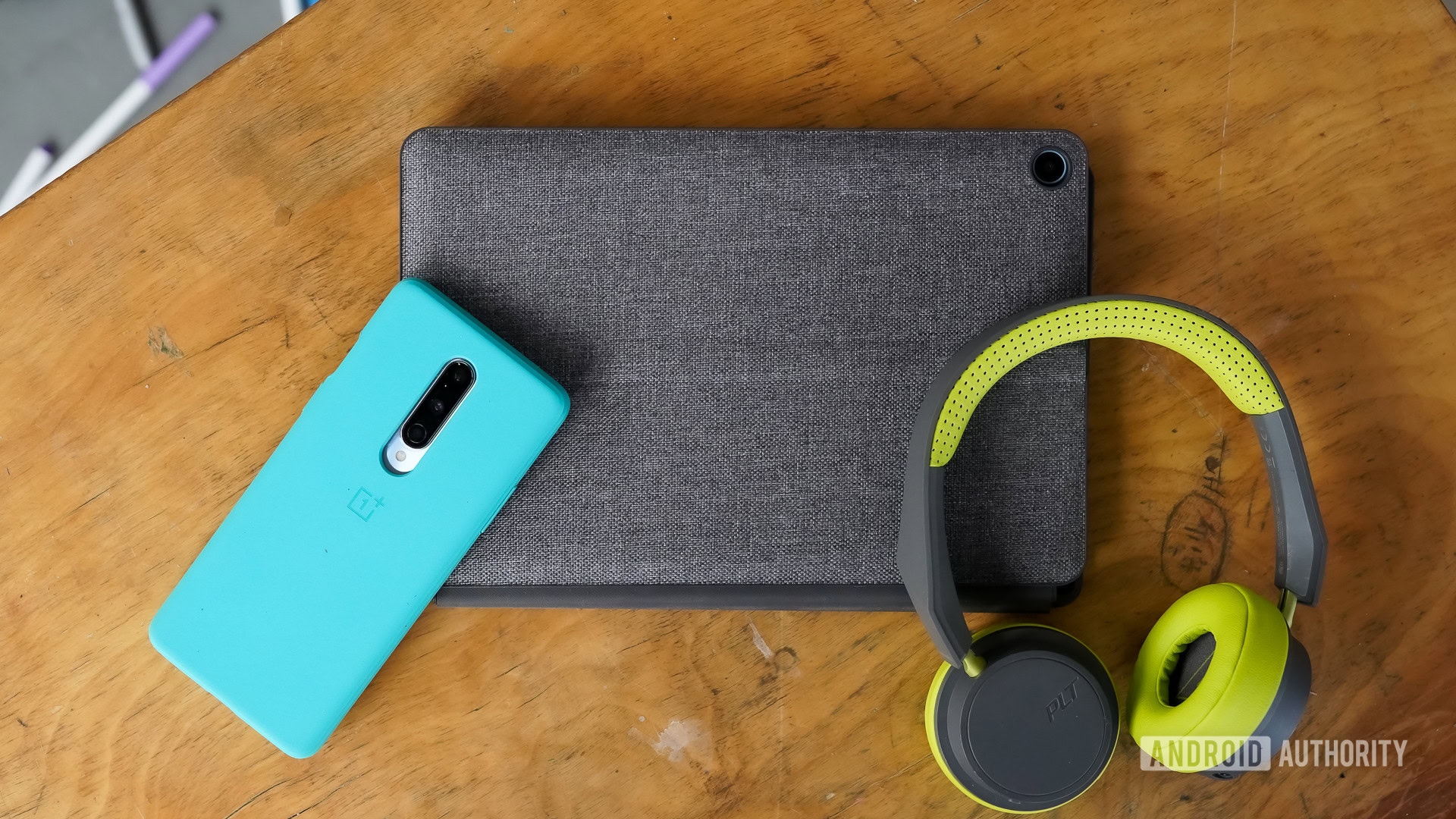
The Lenovo Chromebook Duet is a curious — and incredibly affordable — device. It looks like a tablet with an optional keyboard accessory, but Lenovo calls it a Chromebook with a detachable keyboard. Whatever the name and however you choose to view it, the Duet can be used as a Chromebook or as a slate-style tablet when removed from the keyboard. Does the Duet work better as one device or the other? Does it work well as either?
We answer these and other questions in the Android Authority Lenovo Chromebook Duet review.
Update, July 29: Updated to include the latest pricing from Amazon.
Lenovo Chromebook Duet review: Who is this Chromebook for?
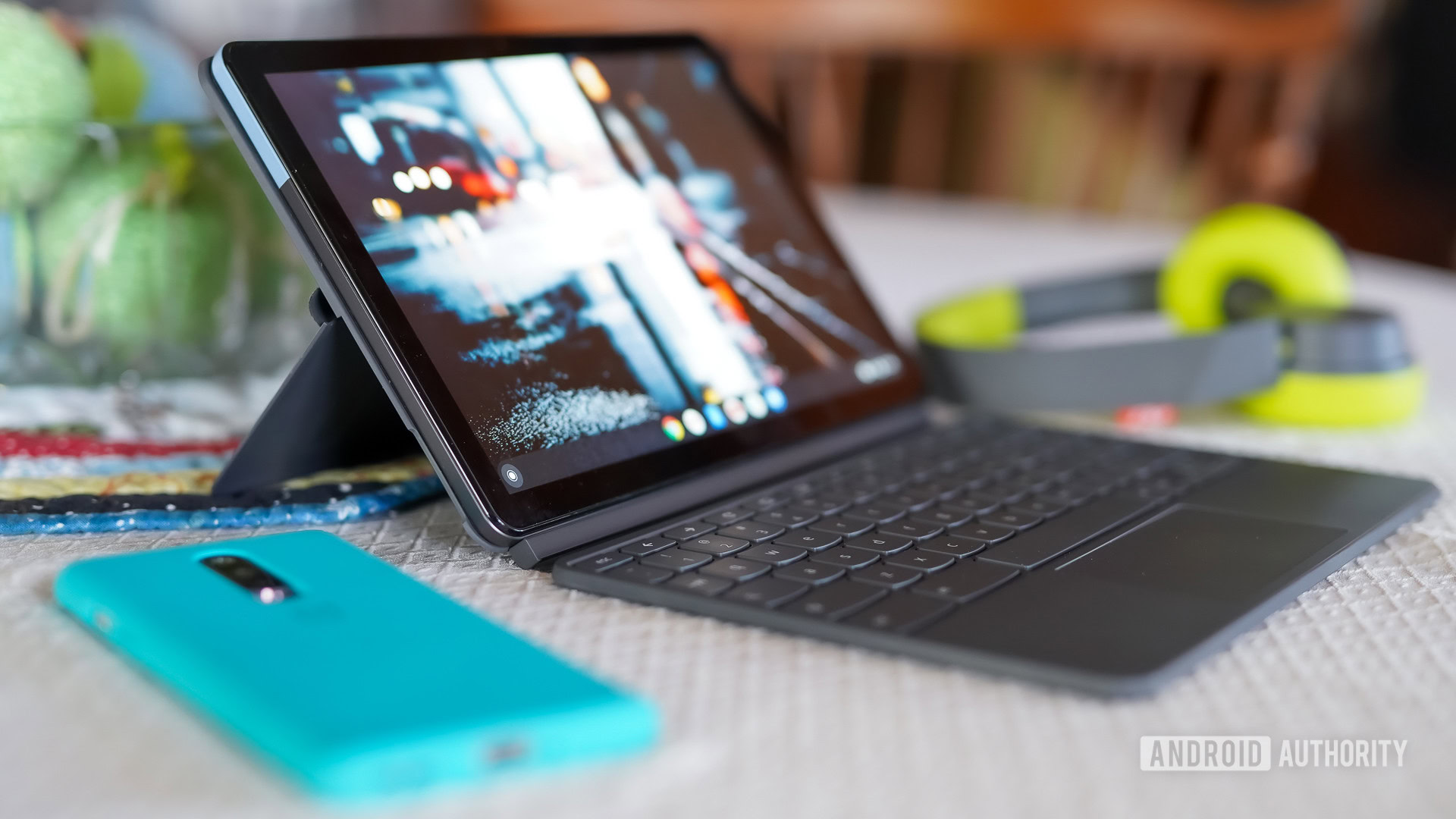
With its convertible design, the Lenovo Chromebook Duet is for those who prefer to have options. It’s for those who won’t (or can’t) commit to one type of computing device on the go. Want a Chromebook? Want a tablet? Why not both in the same machine!
The Duet is more like the Google Pixel Slate than it is any other device currently on the market. Half the Duet is a slate with only a screen and minimal buttons/ports. An included keyboard accessory snaps onto the bottom edge, giving the Duet the ability to act like a Chromebook. So if you find the idea of using a single, transformative device to work during the day and then curl up with on the couch at night, the Lenovo does the job.
Moreover, if you’re on a budget, the Lenovo Chromebook Duet is about as budget-friendly as it gets. In fact, it may pack more power for the dollar than anything out there.
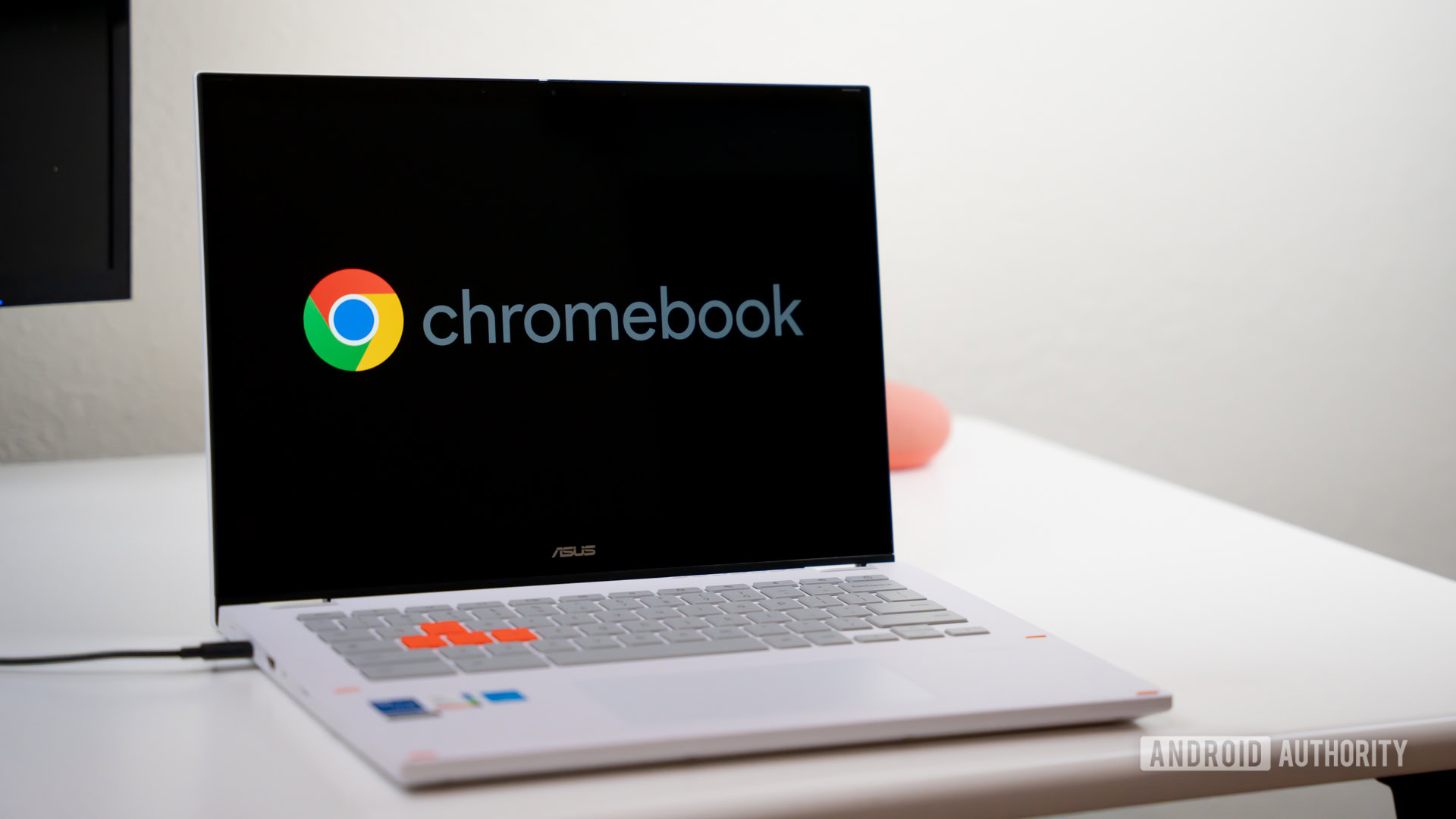
What’s it like to use the Duet?
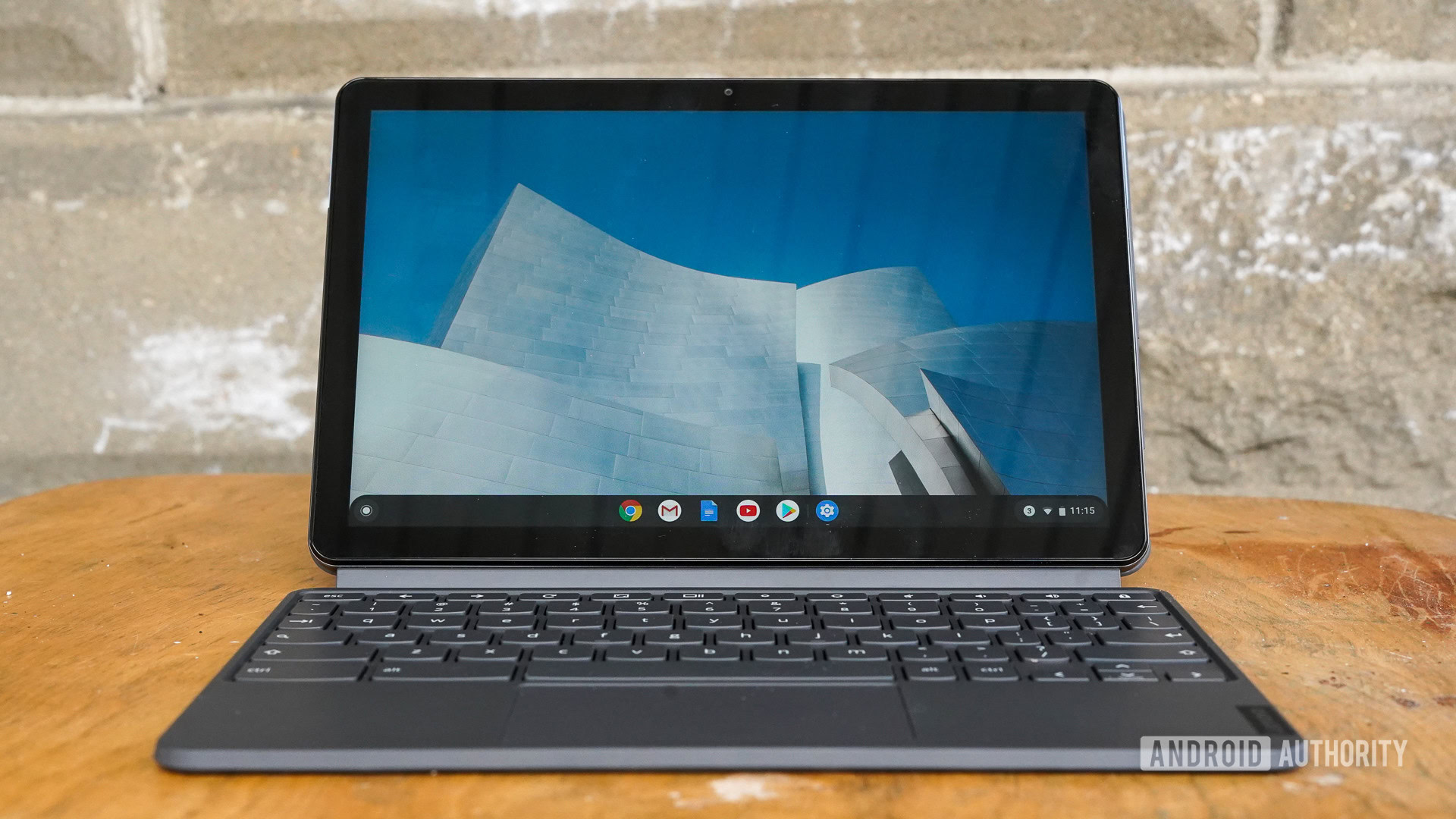
Open the box containing the Lenovo Chromebook Duet and you’ll encounter three pieces: the Duet, the keyboard, and the rear cover (Stand Cover).
The tablet itself is compact at 239.8 by 159.8 by 7.35mm and light at 450g (0.99lbs.) The front is all black glass, while the rear is a combination of slate gray aluminum and blue plastic. It’s a decent color combo.
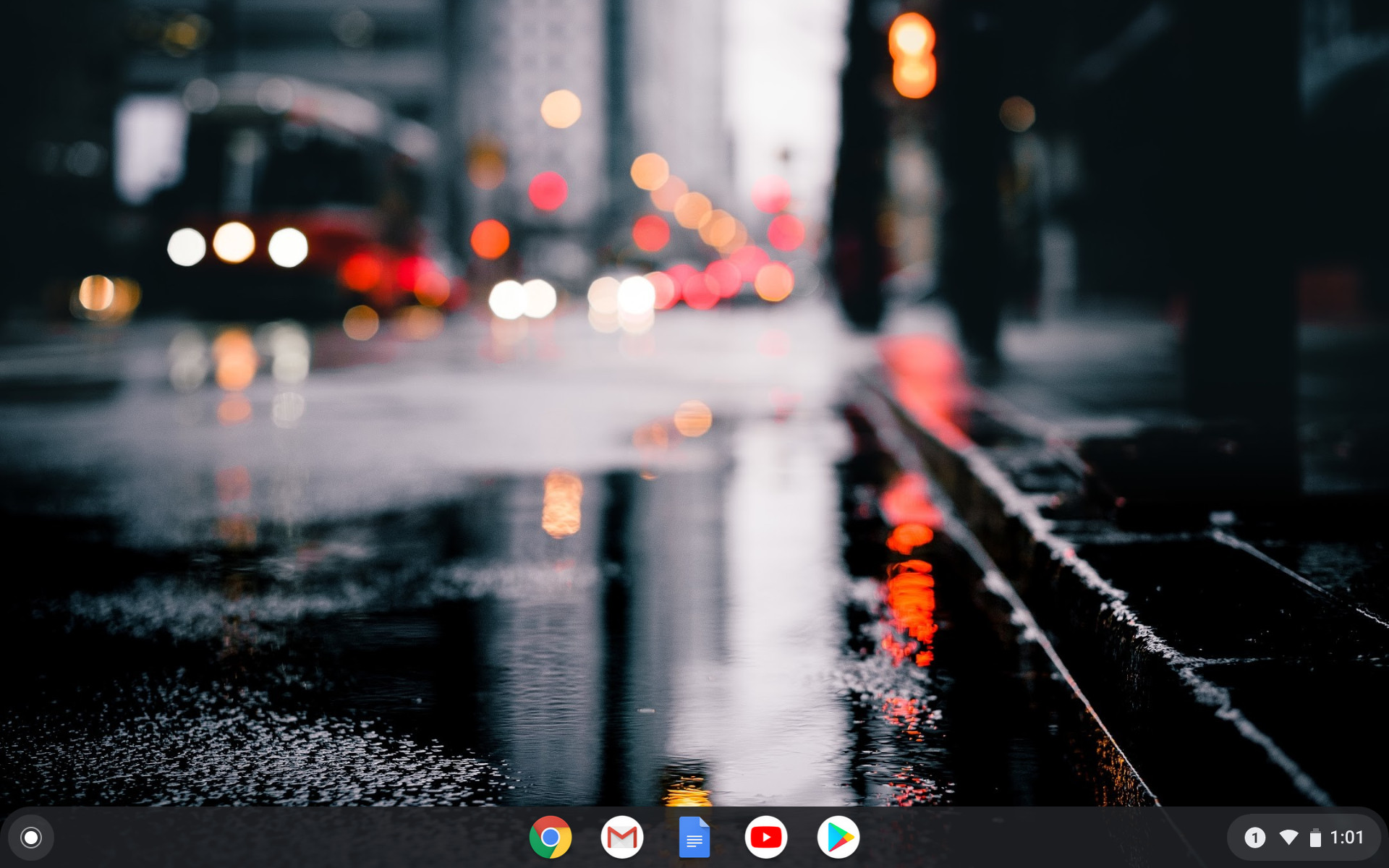
The screen measures 10.1 inches and packs 1,920 by 1,200 pixels for a 16:10 aspect ratio. Lenovo says the IPS LCD’s brightness rates 400nits with a 70% color gamut. My eyes tell me it is plenty bright and sharp for a display of this size. I was quite happy with it over the review period and found it easy to use indoors or out. I enjoyed watching video from Netflix and Disney Plus on the screen, which looked colorful. It’s also, ahem, a fine display for word processing but spreadsheeting felt a bit hemmed in.
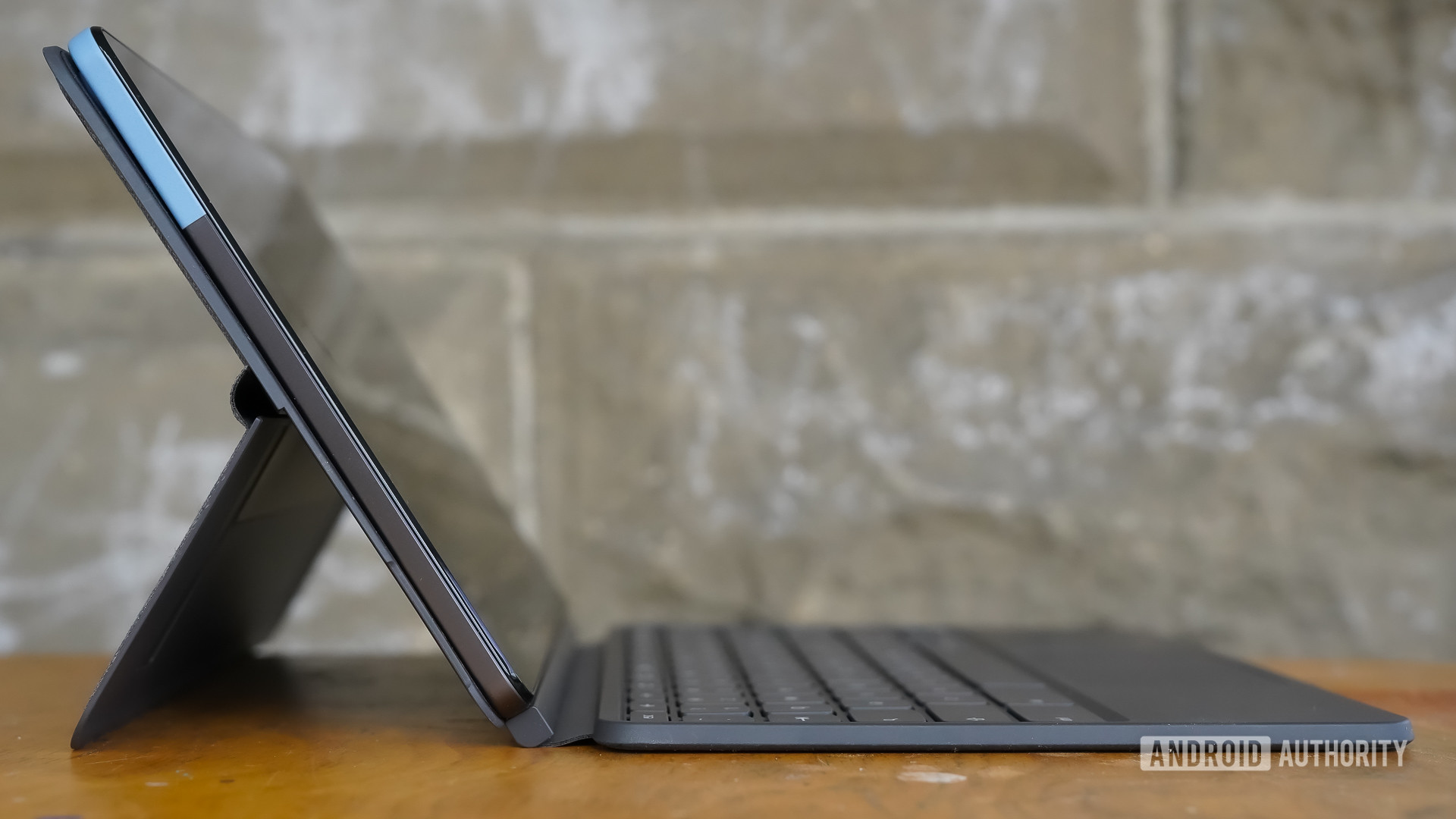
The rest of the hardware is direct and purposeful. Most of the action is on the right edge, where you’ll find the power button, volume toggle, and lone USB-C port. The port can handle charging, data, and DisplayPort connection duties. If you want to attach more than one peripheral, you’ll need to resort to dongles. Stereo speakers and mics are drilled into the top edge, while copper pogo pins line the bottom for connecting to the keyboard. There’s no microSD slot, nor is there a headphone jack. The Duet is spartan.
The screen is plenty bright and sharp for a display of this size, and the rest of the hardware is direct and purposeful.
The keyboard snaps into the Duet with authority and grips tightly. I appreciate the strong magnet holding the two together. Of course, the keyboard adds 6mm to the overall thickness and 250g (0.55lbs.) to the weight. Similarly, the Stand Cover, which slaps on magnetically as well, adds 6mm more to the overall thickness and 220g more (0.49lbs.) to the weight. All together, the Duet, keyboard and Stand Cover weigh 920g (2.03lbs.), which is far lighter than most other Chromebooks on the market — particularly at this price point.
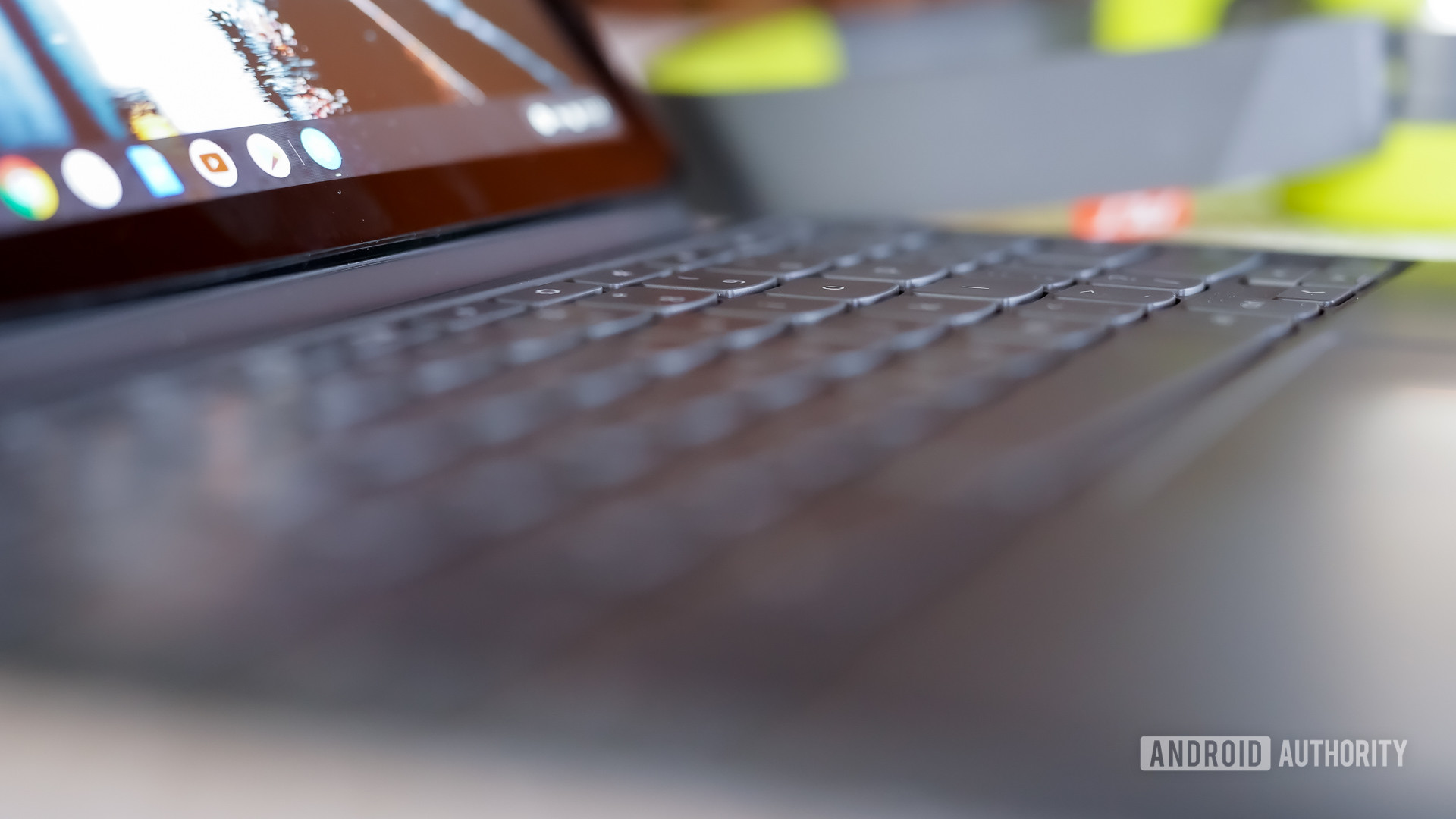
I’m not the biggest fan of the Stand Cover. It has a nice, denim-like fabric on board that’s meant to make it feel comfortable and fit in at home. It does, but the flap that you need to extend in order for the Duet to stand is finicky. It’s hard to open from the sides, which means you sometimes have to reach over the top of the Duet and pull the stand out from the very bottom edge. It gets old after a while. The quality is fine, there’s simply not enough of a lip for your finger to hold onto.
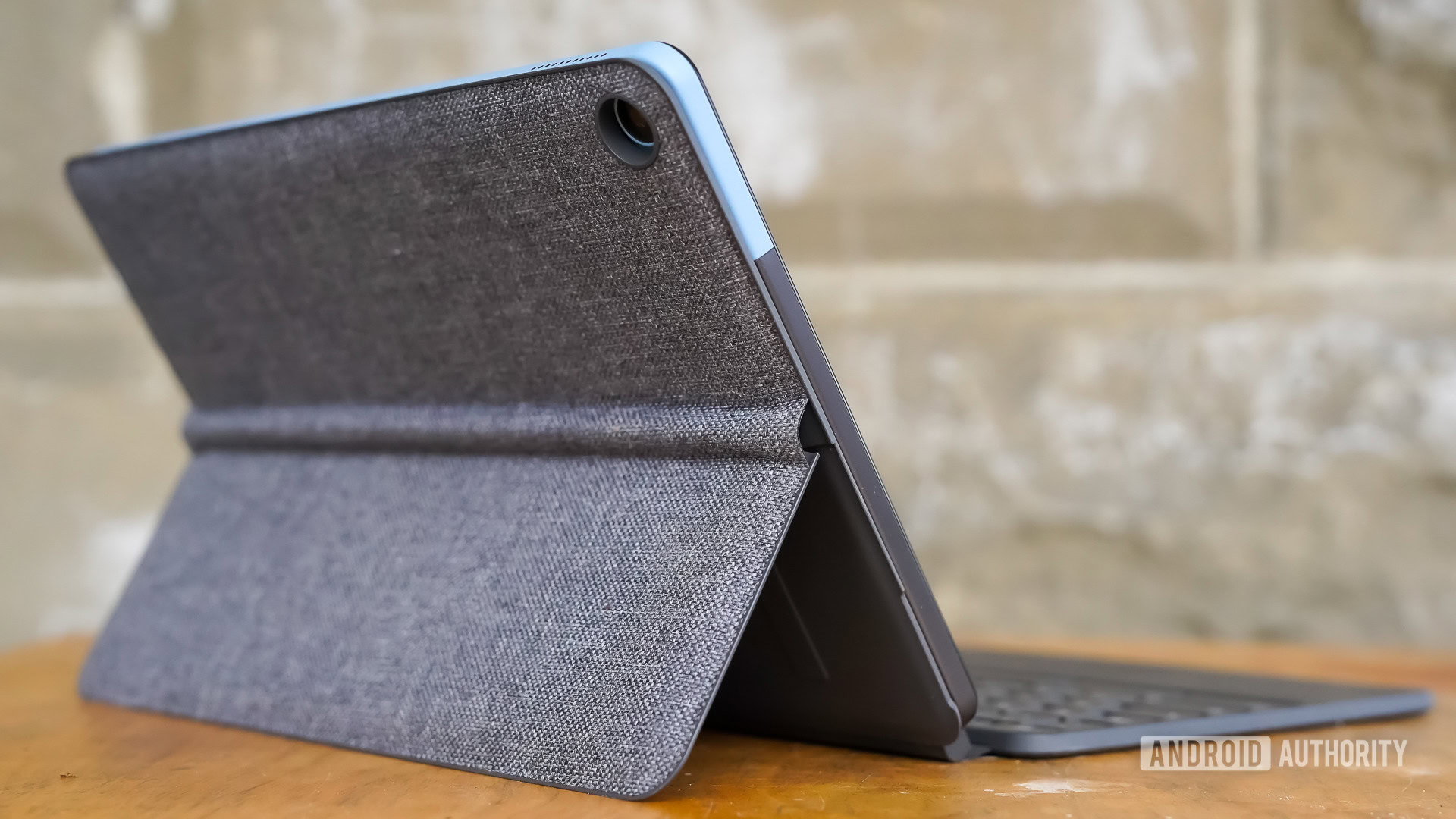
It takes but a second to open up the Chromebook Duet, flip over the adjustable Stand Cover, and get to work. It’s best on a fully flat surface, such as a table or desk. It all wobbled a bit when I tried typing on a bed or my lap. I really like how easy it is to convert from Chromebook to slate mode with a firm pull against the keyboard. The Smart Cover does add a nice amount of grip to the rear, which makes the Duet really comfortable to hold and use when sitting on the couch after a long day.
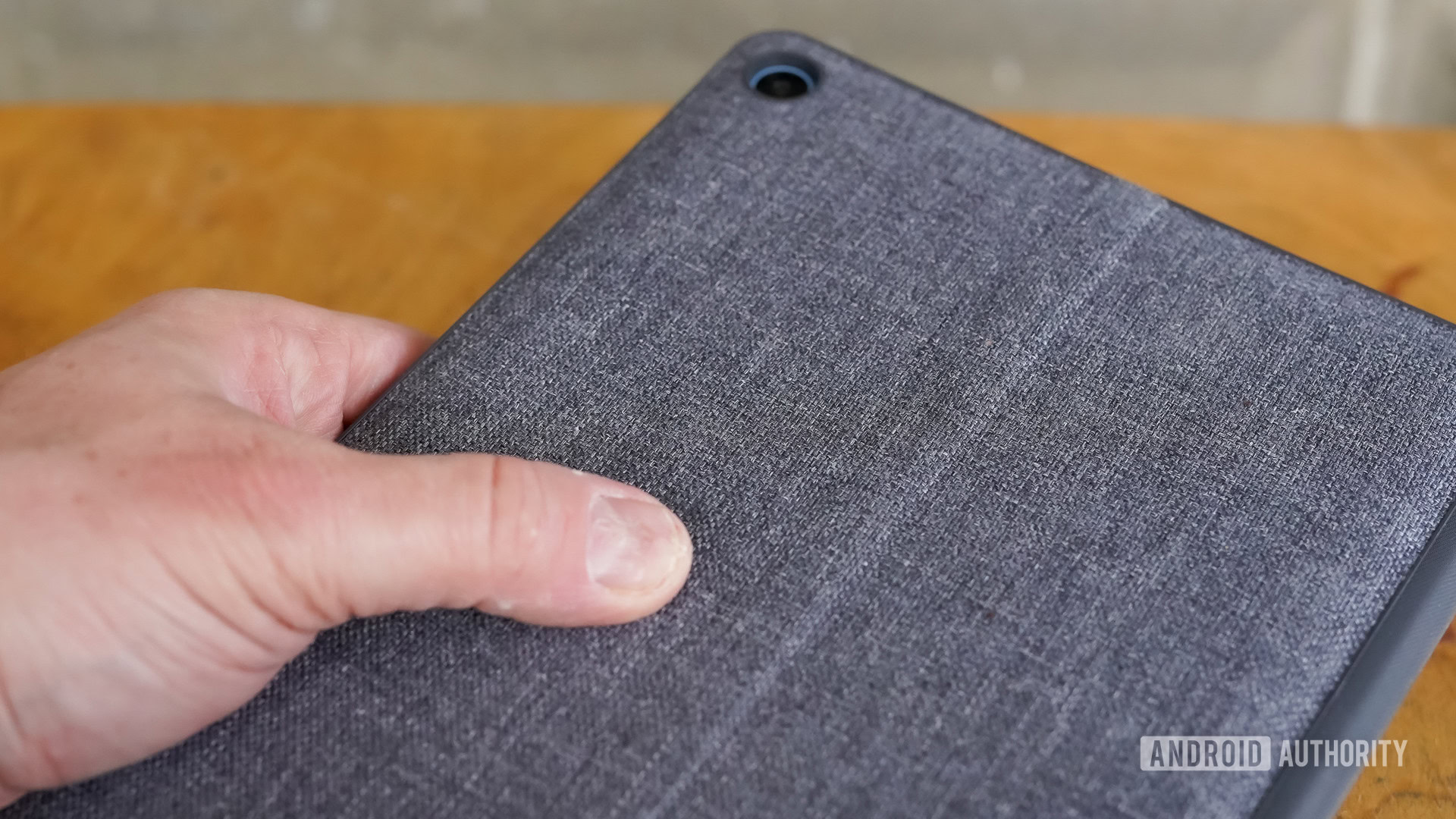
Moreover, it fits into small travel bags quite easily, making it a cinch to tote around.

How’s the keyboard?
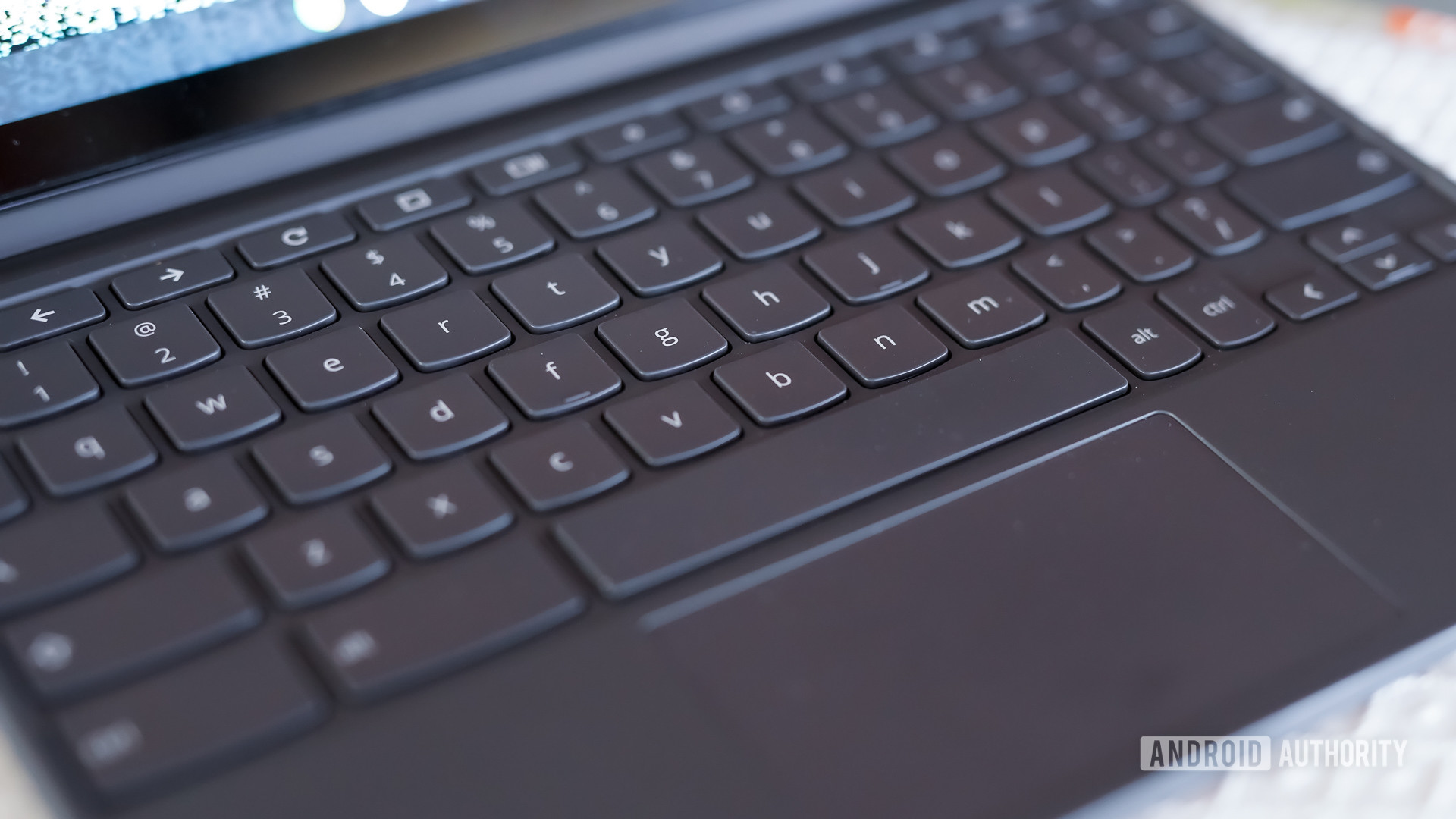
In a word, compromised. Even as a professional writer, I’m not that picky about keyboards. The most critical factor to me is space, however, and that’s something the Duet’s keyboard lacks.
Lenovo doesn’t specify, but it’s about three-quarters the size of a full laptop keyboard. While the key shape, travel, and action is generally good when it comes to the letter and number keys, the punctuation keys are abbreviated and thus harder to use accurately. Six keys, in particular, are about half the size of the rest of the keys and I couldn’t get used to the size even after a week of typing on the keyboard. If you type any amount of bracketed code, stay away.
The experience is good, for the most part, though some will surely feel the keyboard is cramped.
For the most part, the experience is solid. I appreciate the row of function keys that allow you to page forward/backward, multitask, control brightness, and manage media volume.
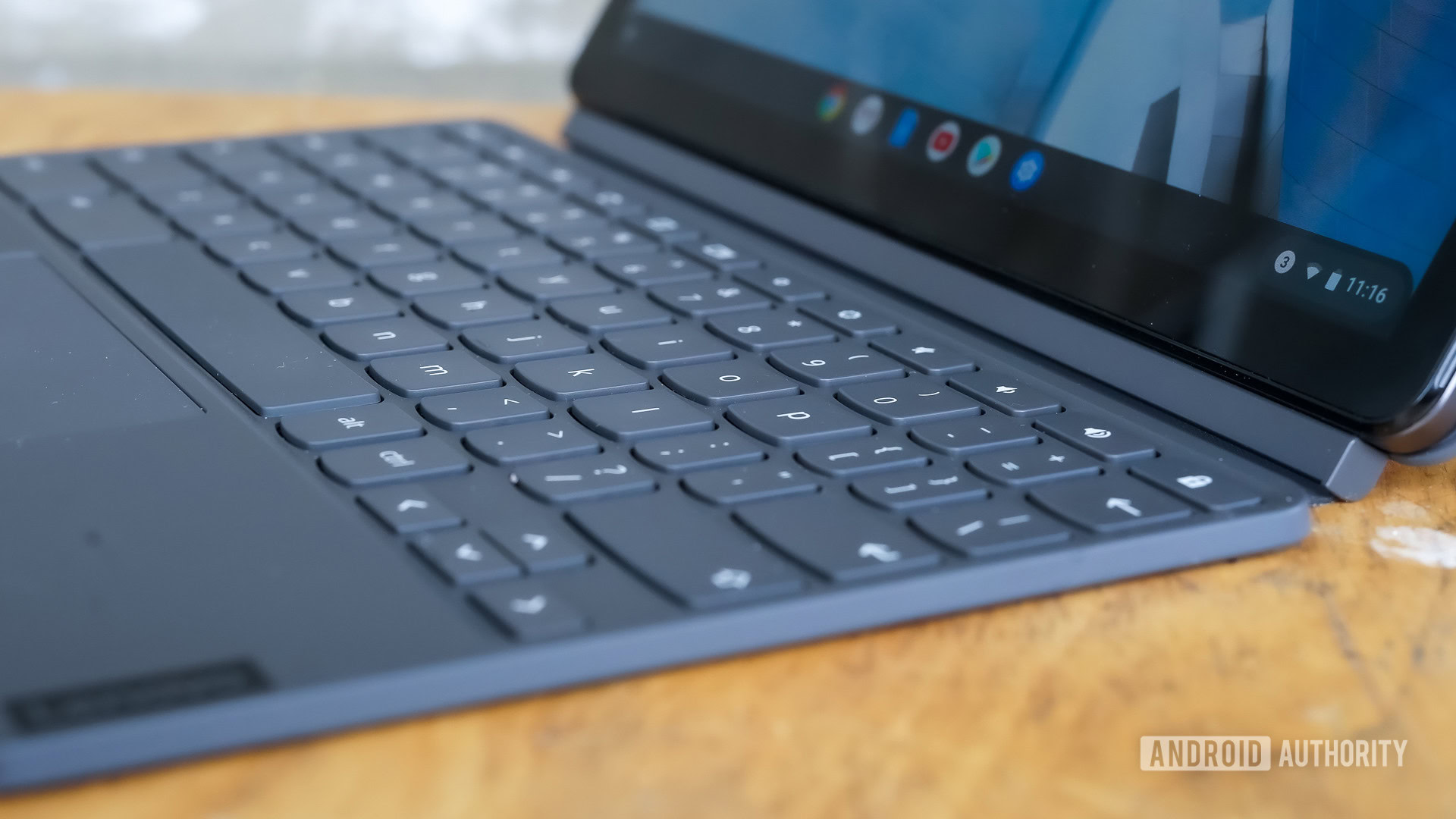
The trackpad is quite good. Lenovo was able to cram a reasonably-sized trackpad onto the keyboard and I found it to be a lifesaver. Primarily, it was fast and responsive — just what I want from a trackpad. There will be some things that are simply better performed by touching the screen with your finger.
If there’s one more thing to complain about, it’s the lack of backlighting. Suffice it to say, with no backlighting typing in the semi-dark can/will be a challenge.
How well does Lenovo Chromebook Duet perform?
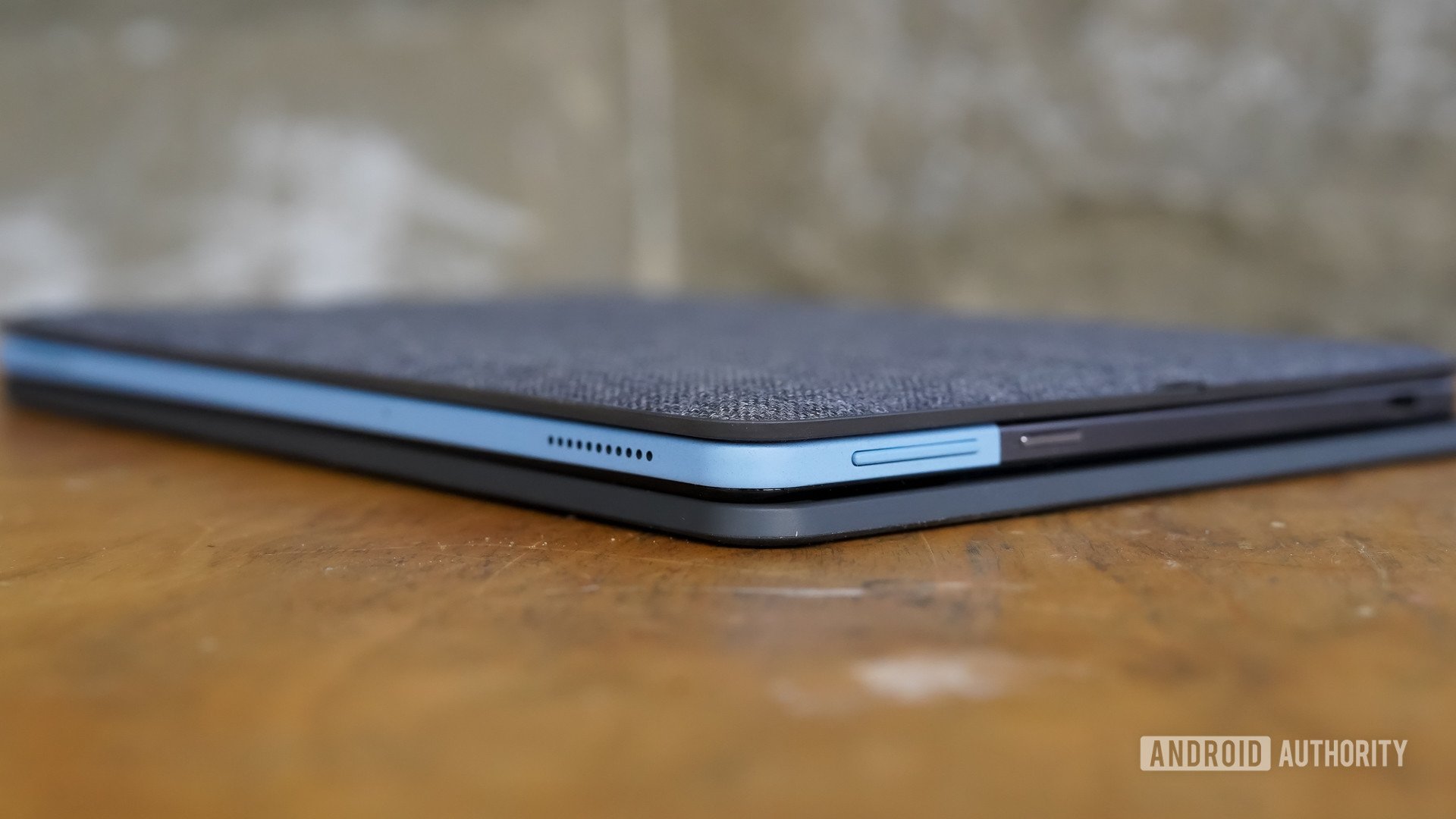
You won’t be disappointed, as long as you’re not expecting much. Most Chromebooks in the sub-$300 space are, shall we say, restrained when it comes to certain aspects of performance. The Duet ships with a 2GHz, octa-core MediaTek Helio P60T with an ARM Mali G73 GPU, 4GB of RAM, and 64GB of storage (a 128GB version is available). We ran several benchmarking apps and came away with average results. If there’s one place the device struggles, it’s with gaming. The 3DMark test, for example, really pushed the Chromebook hard.
Moreover, you’ll find that things tends to slow down a bit once you get more than a dozen tabs running in Chrome, or a half-dozen apps running at the same time. A multitasking master the Duet is not.
Battery life is outstanding.
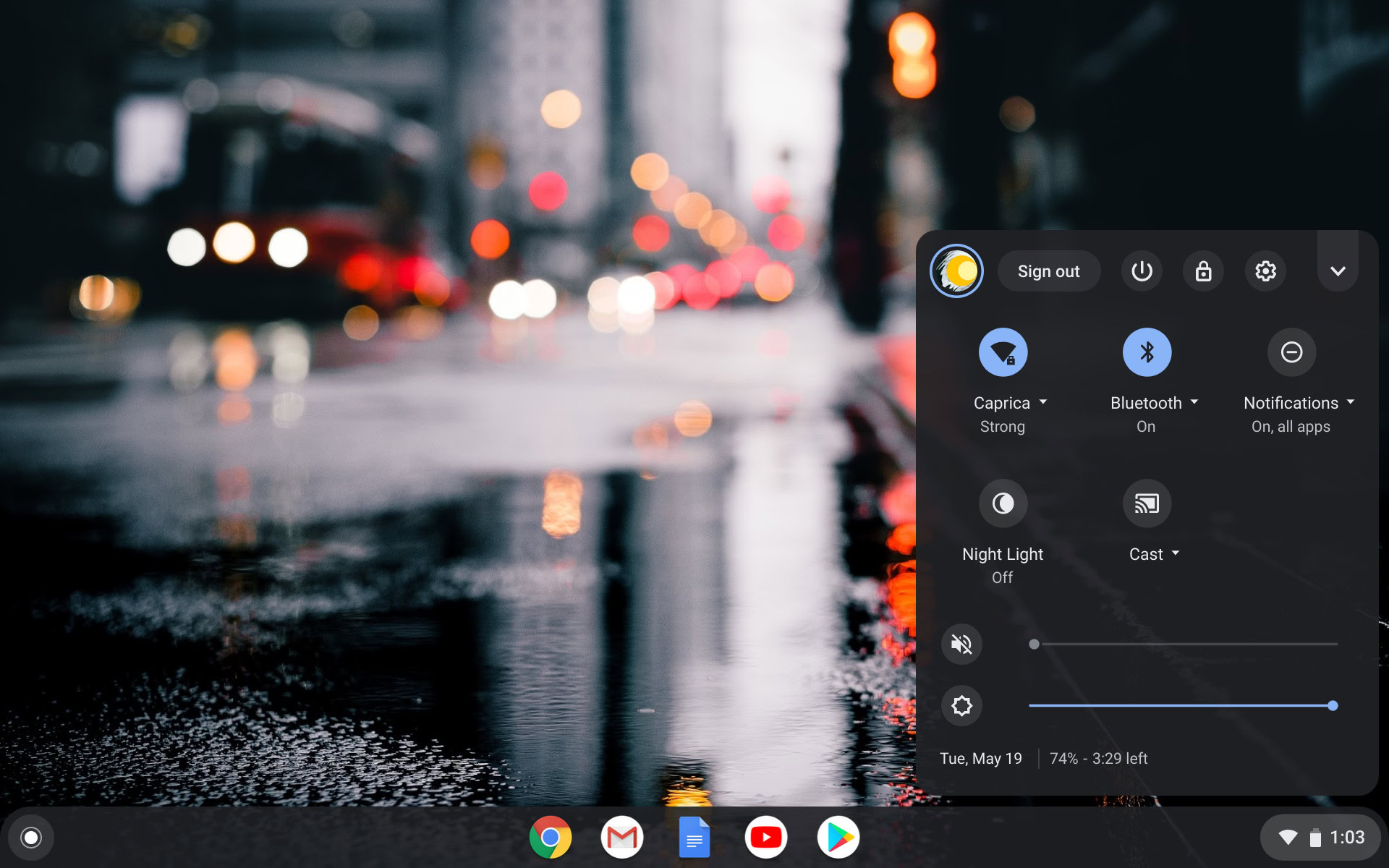
Battery life, on the other hand, is outstanding. Lenovo claims the 7,000mAh power cell will run for 10 hours, but we often scored closer to 11 hours. That puts it ahead of most tablets and Chromebooks, especially for the price. I found the included 10W charger was slow to rev up the battery. In fact, plugging it in for an hour will only net you a 25% charge. Expect to leave it charging for hours to fill the battery.
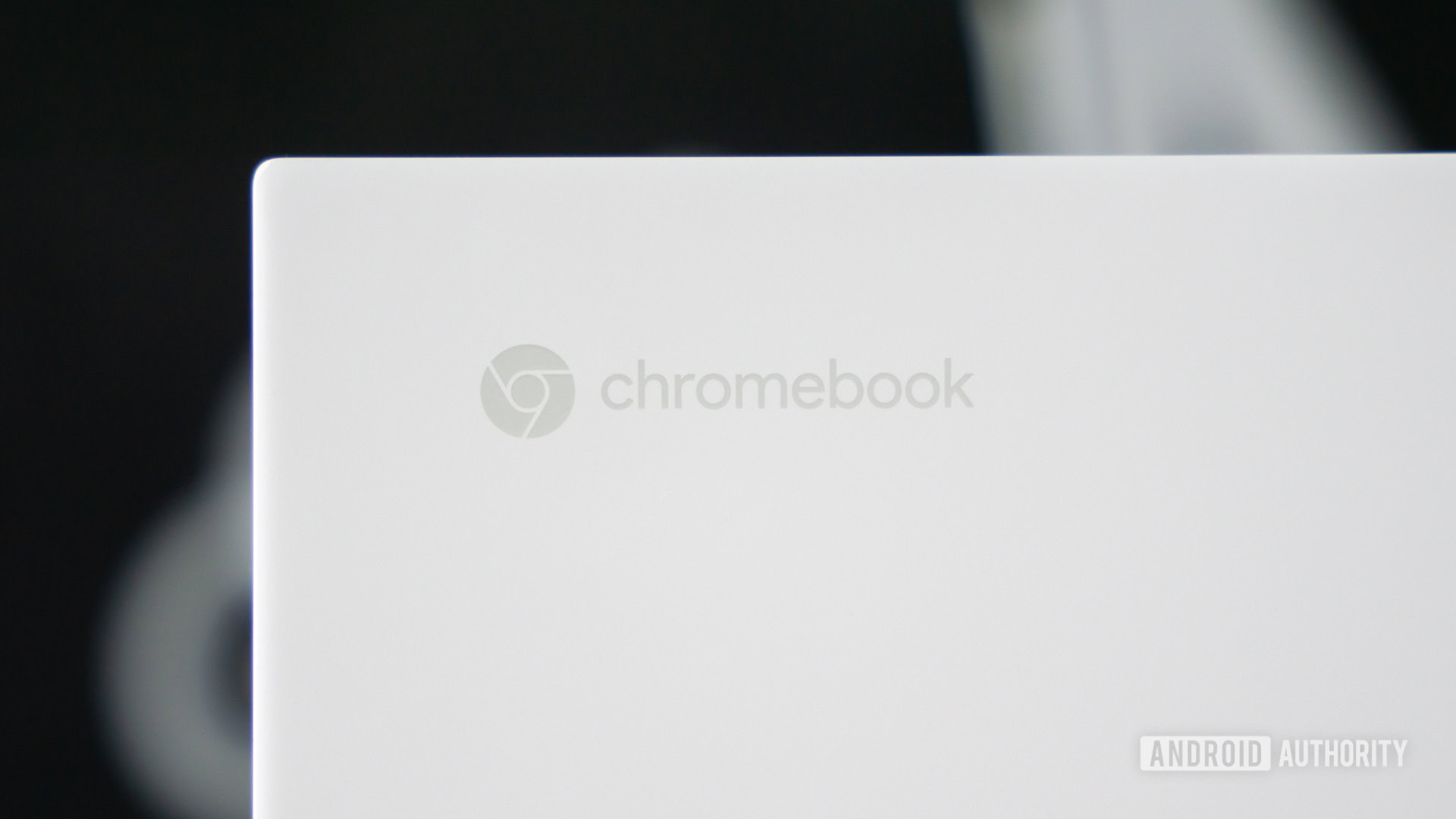
What’s Chrome OS like on a slate?
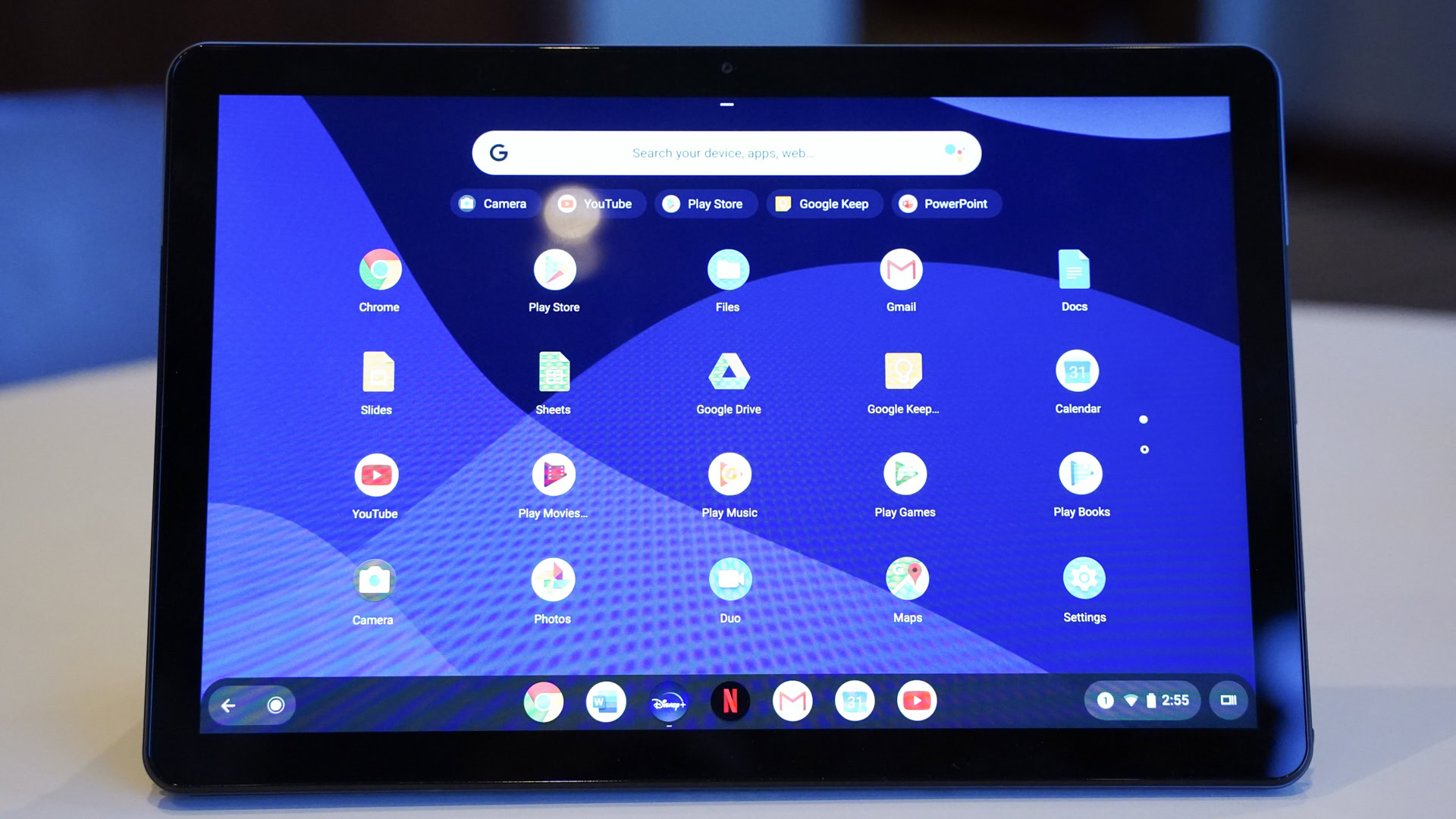
When in Chromebook mode, the Duet feels like using any other Chromebook. The device runs Chrome OS and includes the same strengths (speed, security) and weaknesses (app support) as every other Chromebook. I had no trouble using the device as a lightweight work machine, managing communications with my colleagues, performing web-based research, and even writing a portion of this review. Using Chrome OS as a tablet is an altogether different experience.
Yank the Duet away from the keyboard and you have Chrome OS on a slate form factor. Other than a few simple user interface gestures, nothing about the UI is different from stock Chrome OS — and that’s the problem. While navigating through the app drawer and launching apps is no trouble, interacting with apps on the screen is nettlesome. The problem is size. Chrome OS mostly makes no adjustments for the small nature of web-like UI elements, which means you can easily mis-touch things depending on how deft (or not) your digits are. Web pages themselves are more of an issue than web apps.
As for the gestures, think Android 10. Long swipe up to go home, short swipe up to see recent apps, swipe from the left to go back. These took me longer to get used to than I expected. Putting away the app shelf was sometimes temperamental.
Speaking of apps, the Duet runs Android apps like many other Chromebooks. The experience varies from app to app, as some support the full screen and others support only a phone-sized window. The latter of these can be particularly tedious to tap away at.
It’s not iPadOS, but it’s not terrible, either. I was able to surf the web in slate form with little trouble.
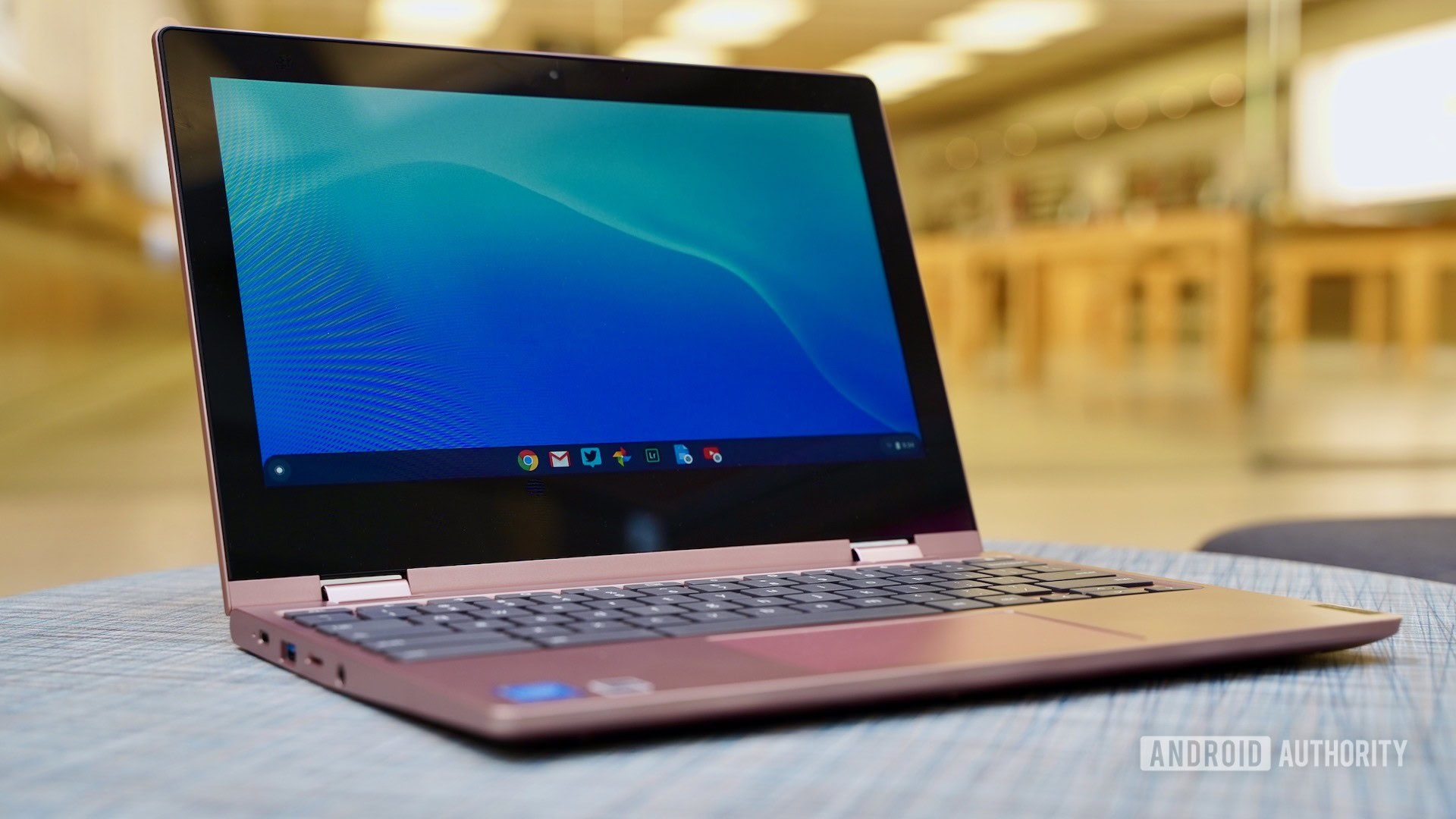
What do I like about the Chromebook Duet?
- The size. It’s so compact! I’d call in the perfect size for working on an airplane tray table.
- Battery life. It’s above average! This thing powered through 11 hours.
- The screen. It’s so sharp! The display is excellent for the money. It’s bright, clean, and pixel-y.
- The price. It’s so cheap! I expected the price for this device to start at $399 or $499. When Lenovo said the starting price was $279, I almost fell over.
What do I dislike about the Chromebook Duet?
- The keyboard. It’s not the best. The small size of the punctuation keys really tripped me up.
- The Stand Cover. It’s wonky. Seriously, it should be easier to use.
- The performance. It’s sometimes pokey. The MediaTek Processor got mired down by too many tabs or apps.
- The camera. It’s just not that good. Don’t expect to use the Duet in place of a real camera. Also, whenever you use the selfie camera, a small LED notification light comes on that I wasn’t able to turn off.
Lenovo Chromebook Duet review: Should you buy it?

Update, July 29: Updated to include the latest pricing from Amazon.
For just $249 (64GB), the Lenovo Chromebook Duet is practically a steal. Most Chromebooks in the sub-$300 space are clunky 14-inchers that offer little in the way of flexibility. The Duet is more flexible and more affordable than much of the competition, and that makes it a powerful foe.
It’s not perfect. The keyboard may simply be too small for some, and performance can be hit or miss, depending on what you’re doing. It’s not entirely stable on your lap, though it works well on a table or desk. And some may simply not be down with Chrome OS as a tablet user interface. I think these weaknesses are worth overlooking.
It's not perfect, but I think the weaknesses are worth overlooking.
On the plus side, the Duet offers a fine display, class-leading battery life, and a compact and portable form factor that converts from laptop to tablet on a whim. Most importantly, it’s affordable. Even the $299 (128GB) version is priced competitively. It costs less than an entry-level iPad — and the keyboard is included.
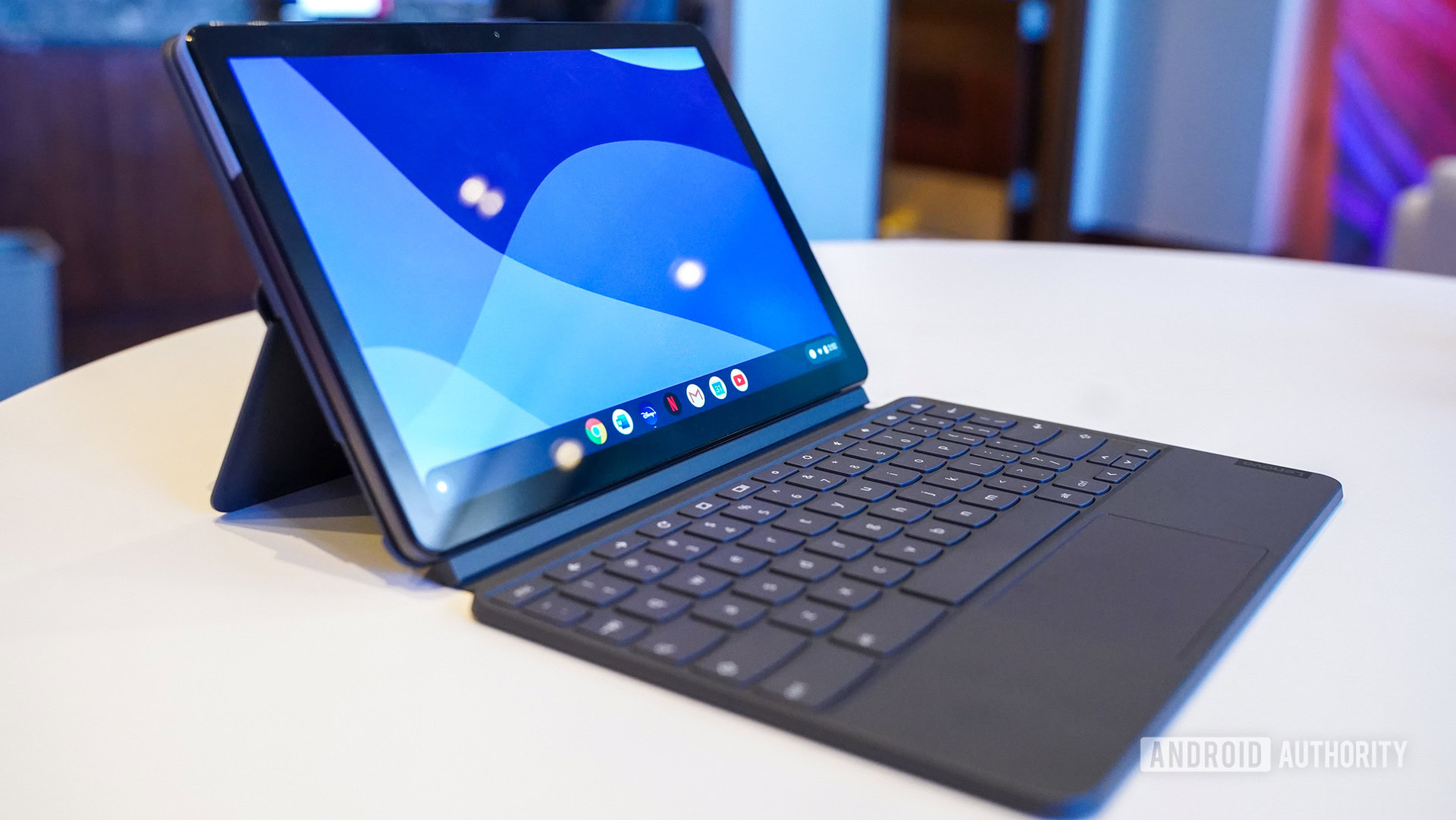
Whether you’re a road warrior who wants or needs a highly portable machine for simple tasks, or a family looking to equip members with the most effective machine for the dollar, few devices beat the Lenovo Chromebook Duet.
More options: The best Chromebook deals you can find